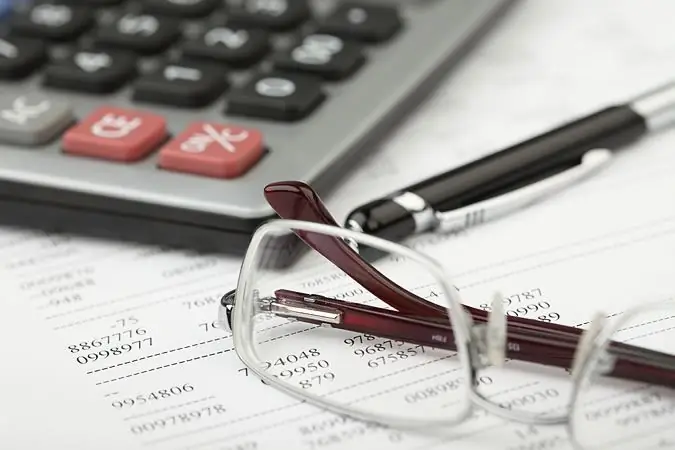- Author Isaiah Gimson [email protected].
- Public 2023-12-17 02:53.
- Last modified 2025-01-24 12:06.
Accounting for fixed assets (hereinafter - OS), regulated by PBU 6/01 "Accounting for fixed assets". These provisions are obliged to be implemented by organizations of any organizational and legal form, except for credit and budgetary organizations.

Instructions
Step 1
In large enterprises, a specialist is usually appointed to account for fixed assets, who deals only with issues related to fixed assets, since the accounting area is very large. In addition, tax accounting is carried out on the basis of accounting records. In order to avoid conflicts with the auditing bodies at the enterprise, the OS accounting must be streamlined.
Step 2
It is necessary to take into account fixed assets in the following areas:
- Receipt of fixed assets (subparagraphs 4-14 PBU 6/01);
- The choice of the method and the calculation of depreciation (pp 17-25 PBU 6/01);
- Improvement and repair of the OS, or restoration of the OS (pp 26-27 PBU 6/01);
- Revaluation of fixed assets (clause 15 of PBU 6/01);
- Disposal of fixed assets (subparagraphs 29-31 PBU 6/01);
- OS inventory (Normative documents);
- Tax accounting of fixed assets (Articles 256-260, 322-324 of the Tax Code of the Russian Federation).
Step 3
In addition, fixed assets should be taken into account in accordance with the Chart of accounts of accounting - account 01 "Fixed assets". Receipt, revaluation, increase in the initial value of the fixed asset as a result of modernization and improvements, is carried out according to the debit of account 01, disposal - according to the credit of account 01.
Step 4
The purpose of the OS inventory is to identify the actual presence of objects in the enterprise, their quality condition and clarification with accounting data. The inventory is carried out by a commission appointed by the order of the head. The number of inventories carried out is determined by the accounting policy of the enterprise, but at least once a year. At the end of the inventory, a collating statement is drawn up, which indicates surplus or shortage.
Step 5
The choice of the depreciation method for accounting purposes can generally affect the financial result (albeit not significantly). However, this should be taken into account when pricing products (in the case of a manufacturer) and a margin (for a commercial enterprise).






